Synchronous vs. Asynchronous Communication: What are the Differences??
eloomi
SEPTEMBER 28, 2022
Some examples of synchronous communications include: In-person meetings Direct messaging/instant messaging Phone calls Video conferencing tools like Zoom, Google Hangouts or Microsoft teams Video messages through apps like Loom Video calls through workspace and collaboration tools like Slack.

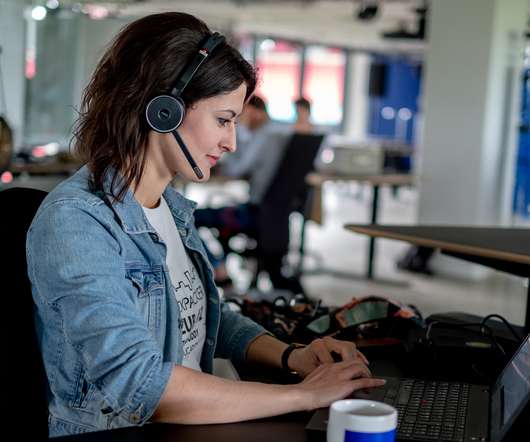


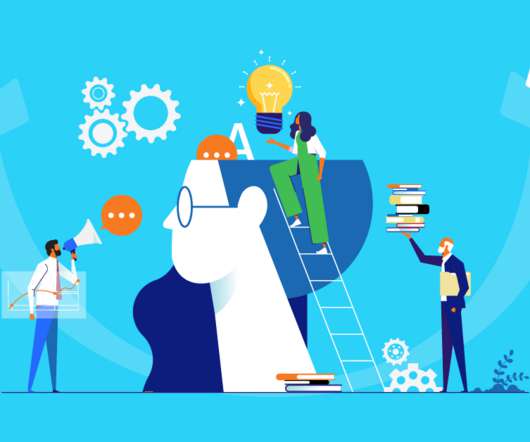



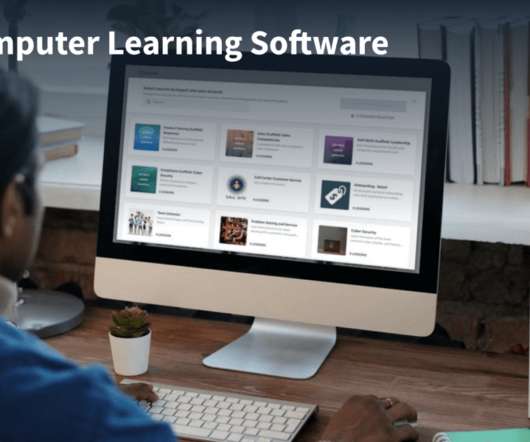
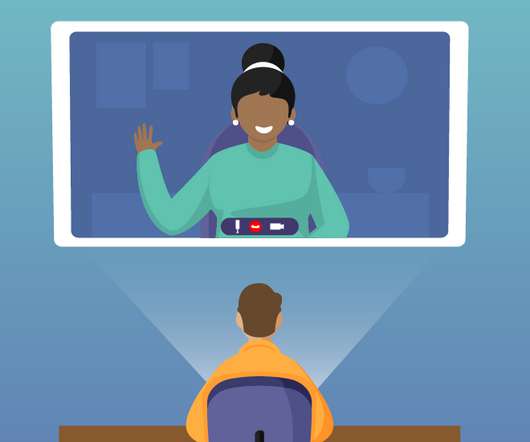










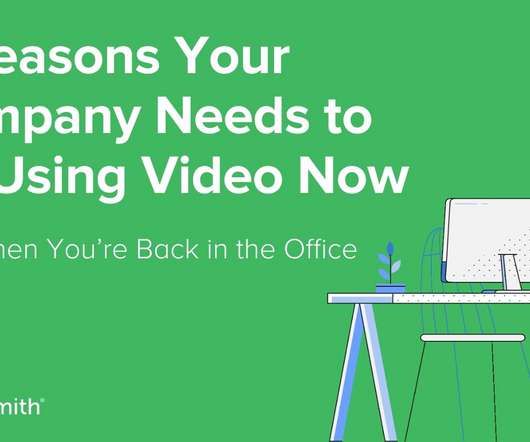










Let's personalize your content